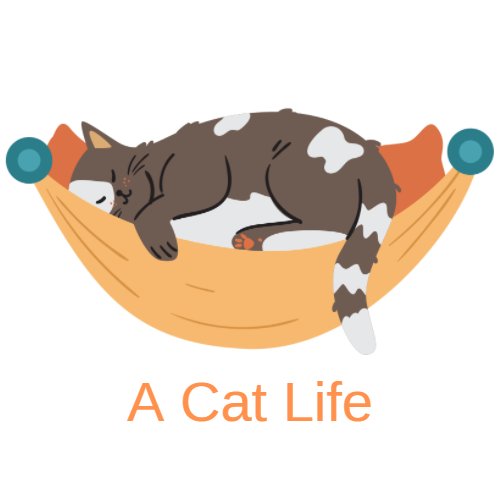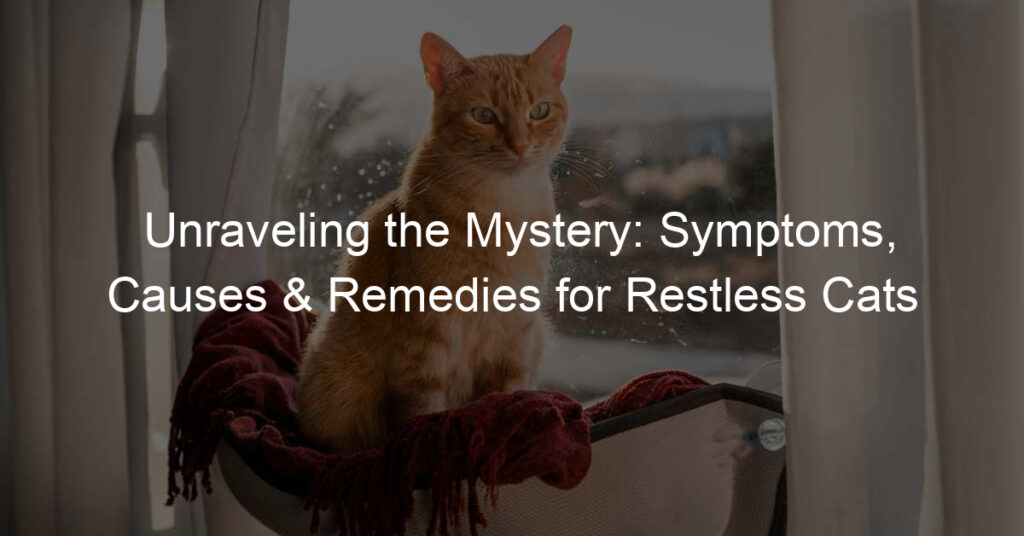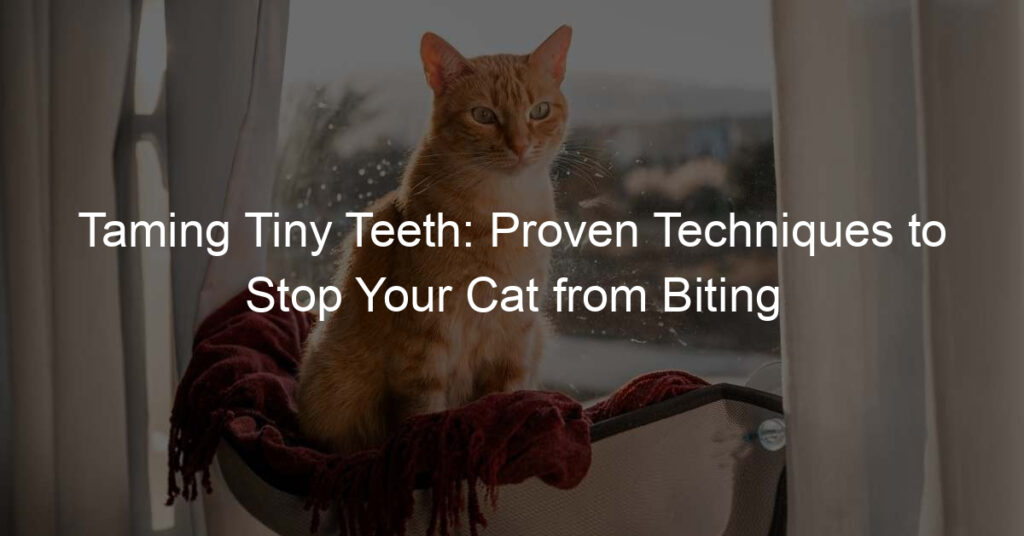
Introduction: Strengthening Your Cat Bond
Having a pet, especially a cat, is not just about feeding and taking care of them. It’s about building a strong, lasting bond. This bond is not only beneficial for your cat but also for you. It brings joy, comfort, and a sense of companionship that is hard to find elsewhere.
- Understanding the importance of a strong bond with your cat
A strong bond with your cat can significantly improve their overall well-being. Cats that share a strong bond with their owners are often happier, healthier, and live longer lives. They are less likely to exhibit behavioral problems and are more likely to be well-adjusted. For the owner, a strong bond with your cat can provide emotional support, reduce stress, and even improve your mental health.
- Overview of the article
In this article, we will explore the basics of bonding with your cat, practical tips to strengthen this bond, long-term strategies for maintaining a strong relationship, and real-life case studies of cat owners who have successfully enhanced their bond with their feline friends. By the end, you will have a clear understanding of how to strengthen your bond with your cat and embark on a journey towards a more fulfilling pet relationship.
So, whether you’re a new cat owner looking to build a strong bond from the start, or an experienced cat parent wanting to enhance your existing bond, this article is for you. Let’s embark on this journey together, for the love of our feline friends.
Bonding with Your Cat: The Basics
Building a strong bond with your cat is a rewarding experience. It involves understanding their unique behaviors and responding appropriately. Let’s delve into the basics of cat behavior to help you strengthen your bond with your feline friend.
Understanding Cat Behavior
Cats are fascinating creatures with a wide range of behaviors. Understanding these behaviors can help you connect with your cat on a deeper level. Here are some common cat behaviors and what they mean.
- Recognizing common cat behaviors and what they mean: Cats communicate through a variety of behaviors. For instance, a purring cat is usually content, while a hissing cat may feel threatened. Tail movements also convey messages. A raised tail often signifies happiness, while a tucked tail can indicate fear. By recognizing these behaviors, you can better understand your cat’s needs and emotions.
- How understanding your cat’s behavior can improve your bond: When you understand your cat’s behavior, you can respond in ways that make them feel safe and loved. For example, if your cat is purring and rubbing against you, they are likely seeking affection. Responding with gentle petting can strengthen your bond. On the other hand, if your cat is hissing or hiding, they may need some space. Respecting their needs can build trust and deepen your relationship.
Understanding your cat’s behavior is the first step towards building a strong bond. It allows you to respond to their needs and emotions in a way that fosters trust and affection. Remember, every cat is unique, and it may take time to fully understand their behaviors. Be patient, observant, and responsive to their cues, and you’ll be on your way to a rewarding bond with your feline friend.
Improving Cat Trust: Building a Safe Environment
Building trust with your cat is a crucial part of strengthening your bond. One of the most effective ways to do this is by creating a safe and comfortable environment for them. Let’s delve into the details.
- Creating a Safe and Comfortable Space for Your Cat
Creating a safe and comfortable space for your cat is the first step towards building trust. Cats are territorial creatures and having a space they can call their own can make them feel secure. This could be a cozy corner with a soft bed, a scratching post, and some toys. It’s also important to keep this space clean and free from loud noises or sudden movements that could scare your cat.
Did you know that according to a study by the American Pet Products Association, 67% of cat owners reported that their cats felt more relaxed and secure in their own space? This shows the importance of creating a safe and comfortable environment for your feline friend.
- Importance of Routine in Building Trust
Just like humans, cats thrive on routine. Regular feeding times, play sessions, and grooming can help your cat feel more secure and build trust. Cats are creatures of habit and any changes in their routine can make them anxious. So, try to maintain a consistent schedule for your cat’s activities.
For instance, a study published in the Journal of Feline Medicine and Surgery found that cats who had a consistent routine were less likely to exhibit signs of stress and anxiety. This highlights the importance of maintaining a regular schedule for your cat’s activities.
In conclusion, creating a safe and comfortable space for your cat and maintaining a consistent routine are two key strategies for improving cat trust and building a stronger bond with your feline friend.
Cat Bonding Techniques: Practical Tips
Building a strong bond with your cat can be a rewarding experience. Here are some practical tips that can help enhance your relationship with your furry friend.
Interactive Play
Interactive play is a fantastic way to strengthen your bond with your cat. It not only keeps your cat physically active but also stimulates their mental faculties, keeping them happy and healthy.
- How play can strengthen your bond with your cat
- Best types of toys and games for bonding
Playing with your cat allows you to engage with them in a fun and relaxed environment. It gives you the chance to understand their behavior better and learn their likes and dislikes. This shared experience can help build trust and affection between you and your cat. According to a study by the University of Bristol, cats that play with their owners are more likely to show signs of attachment to them.
Choosing the right toys and games can make your playtime more enjoyable and beneficial. Here are some suggestions:
| Toy/Game | Description |
|---|---|
| Laser Pointer | A laser pointer can provide endless fun for your cat as they chase the elusive light spot. |
| Feather Wand | Feather wands mimic the movement of birds, stimulating your cat’s hunting instincts. |
| Puzzle Toys | Puzzle toys filled with treats can keep your cat engaged and mentally stimulated. |
Remember, the goal of playtime is not just to entertain your cat but also to build a stronger bond with them. So, make sure to be present and engaged during playtime.
Positive Reinforcement
One of the most effective techniques to strengthen your bond with your cat is through positive reinforcement. This method involves rewarding your cat for good behavior, which encourages them to repeat it. Let’s delve into the specifics.
- Using treats and praise to reinforce good behavior
- Why punishment doesn’t work and can harm your bond
When your cat does something good, such as using the litter box correctly or responding to a command, it’s important to reward them immediately. This can be done with a small treat, a pet, or verbal praise. The key is to make the reward immediate and consistent, so your cat associates the good behavior with the reward.
For example, if your cat comes to you when you call their name, you could say “good kitty” in a high-pitched, excited voice and give them a small treat. This will make your cat more likely to come when called in the future.
On the other hand, punishing your cat for bad behavior is not effective and can actually harm your bond. Cats do not understand punishment in the same way humans do. If you yell at your cat or physically punish them, they will likely become scared of you and may even become aggressive.
Instead of punishment, try to redirect your cat’s behavior. For instance, if your cat is scratching your furniture, provide them with a scratching post and reward them when they use it. This way, you’re not only stopping the bad behavior, but also promoting good behavior.
In conclusion, positive reinforcement is a powerful tool for bonding with your cat. It’s all about rewarding good behavior and redirecting bad behavior, rather than punishing. Remember, your cat is a member of your family, and treating them with kindness and respect will only strengthen your bond.
Strengthening Your Pet Relationship: Long-Term Strategies
Building a strong bond with your cat is a long-term commitment. It requires consistency, patience, and understanding. One of the most effective ways to strengthen your pet relationship is through regular vet visits.
Regular Vet Visits
Regular vet visits are not just about maintaining your cat’s physical health. They also play a crucial role in building trust between you and your pet. Let’s explore how:
- How regular health check-ups contribute to your cat’s trust
- Choosing a cat-friendly vet
When you take your cat for regular health check-ups, you are showing your pet that you care about their well-being. This consistent care can help build trust over time. For instance, a study showed that cats who receive regular veterinary care tend to be more relaxed and trusting towards their owners.
Choosing a vet who understands and respects your cat’s needs can make a significant difference in your pet’s experience. A cat-friendly vet will take the time to make your cat feel comfortable, reducing stress and fear. This positive experience can strengthen your cat’s trust in you, knowing that you won’t expose them to harmful situations.
Remember, building a strong bond with your cat is a journey, not a destination. It requires time, patience, and a lot of love. Regular vet visits are a crucial part of this journey, helping to ensure your cat’s health and happiness while strengthening your bond.
Consistent Communication
One of the key strategies to strengthen your relationship with your cat in the long term is through consistent communication. This involves developing a style of communication that your cat can understand and respect. Let’s delve deeper into these two important aspects.
- Developing a Consistent Communication Style with Your Cat
Communicating with your cat is not just about talking to them. It’s about using a combination of verbal cues, body language, and positive reinforcement to convey your messages. For instance, maintaining a calm and gentle tone of voice can help your cat feel safe and secure. Similarly, using consistent words or phrases for specific actions can help your cat understand what you expect from them. For example, saying “dinner” every time you feed them can help your cat associate the word with meal times.
Remember, every cat is unique, and what works for one might not work for another. It’s important to observe your cat’s reactions and adjust your communication style accordingly. This process may take some time, but it’s a crucial step in building a strong bond with your cat.
- Understanding and Respecting Your Cat’s Boundaries
Cats, like humans, have their own personal boundaries. They may not always want to play or cuddle, and it’s important to respect their space during these times. Ignoring your cat’s signals can lead to stress and anxiety, which can harm your relationship.
Understanding your cat’s boundaries involves paying attention to their body language. For instance, a wagging tail or flattened ears can indicate that your cat is feeling uncomfortable. If you notice these signs, it’s best to give your cat some space.
Respecting your cat’s boundaries also means allowing them to have control over certain aspects of their life. This could include letting them decide when they want to play or when they want to be alone. Giving your cat this autonomy can help build trust and strengthen your bond.
In conclusion, consistent communication is about understanding and respecting your cat’s needs and preferences. It’s about creating a safe and comfortable environment where your cat feels loved and understood. With patience and consistency, you can develop a strong and lasting bond with your cat.
Enhancing Your Cat Connection: Case Studies
Let’s dive into some real-life examples to better understand how to strengthen your bond with your feline friend. These case studies will provide you with practical insights and actionable tips.
Case Study 1: Building Bond with a Shy Cat
Shy cats can be a challenge to bond with, but with patience and understanding, a strong connection can be formed. Let’s explore this through a case study.
- Challenges and solutions in building trust with a shy cat
- Key takeaways from the case study
Shy cats often have a history of trauma or neglect, making them wary of humans. The key challenge is to make the cat feel safe and comfortable. This can be achieved by providing a safe space for the cat, avoiding sudden movements, and using soft, soothing voices. It’s also important to let the cat approach you on its own terms. Offering treats and toys can encourage interaction. Remember, patience is key.
Building trust with a shy cat requires patience, understanding, and a gentle approach. It’s crucial to respect the cat’s space and allow it to set the pace of interaction. Positive reinforcement, like treats and toys, can help encourage the cat to come out of its shell.
Let’s summarize the key points in a table for easy reference:
| Challenges | Solutions | Key Takeaways |
|---|---|---|
| Fear and wariness due to past trauma or neglect | Provide a safe space, avoid sudden movements, use a soft voice, let the cat approach you, use treats and toys | Patience, understanding, respect for the cat’s space, positive reinforcement |
Remember, every cat is unique and what works for one might not work for another. It’s all about understanding your cat’s specific needs and responding in a way that makes them feel safe and loved.
Case Study 2: Strengthening Bond with an Older Cat
Older cats, just like their younger counterparts, need love and companionship. However, bonding with an older cat can present unique challenges. Let’s delve into a case study that illustrates these challenges and the solutions that can help overcome them.
- Unique Challenges and Solutions in Bonding with an Older Cat
- Key Takeaways from the Case Study
- Patience is crucial. Older cats may take longer to trust and bond with you.
- Regular vet check-ups are essential to monitor their health and ensure they are comfortable.
- Engage them in gentle play. This not only keeps them active but also strengthens your bond.
Older cats may have experienced different environments and owners, leading to trust issues. They may also have health problems that make them less active or more irritable. Here are some challenges and solutions:
| Challenges | Solutions |
|---|---|
| Trust Issues | Be patient and consistent. Spend time sitting near the cat, talking softly, and offering treats. |
| Health Problems | Ensure regular vet check-ups. Provide a comfortable environment and suitable diet. |
| Less Active | Engage them in gentle play. Use interactive toys that don’t require much physical effort. |
From this case study, we learn that patience and understanding are key when bonding with an older cat. Here are the key takeaways:
In conclusion, strengthening your bond with an older cat may require extra effort and patience. However, the love and companionship they offer in return make it all worthwhile.
Conclusion: Your Journey to a Stronger Cat Bond
As we reach the end of this comprehensive guide, it’s time to reflect on the journey you’ve embarked on to strengthen your bond with your feline friend. It’s a journey filled with patience, understanding, and most importantly, love. Let’s take a moment to recap the key points and encourage you to continue your efforts.
- Recap of the top tips for connecting with your cat:
- Encouragement for continued efforts in strengthening your bond:
Throughout this guide, we’ve shared numerous tips to help you connect with your cat. We’ve learned that understanding your cat’s unique personality and respecting their boundaries is crucial. We’ve also discovered the importance of regular playtime, providing a safe and comfortable environment, and the role of positive reinforcement in training. Remember, every cat is unique, and what works for one might not work for another. The key is to be patient, observant, and consistent in your efforts.
Building a strong bond with your cat is not a one-time effort. It’s a lifelong commitment that requires continuous effort. But the rewards are worth it. The trust, affection, and companionship that you’ll share with your cat are priceless. So, keep going! Keep learning, keep trying, and keep loving. Your efforts will not go unnoticed by your feline friend.
In conclusion, remember that the journey to a stronger cat bond is not a race. It’s a beautiful journey of mutual understanding and respect. So, take your time, enjoy every moment, and cherish the unique bond you share with your cat. After all, every cat deserves a loving and understanding human.








